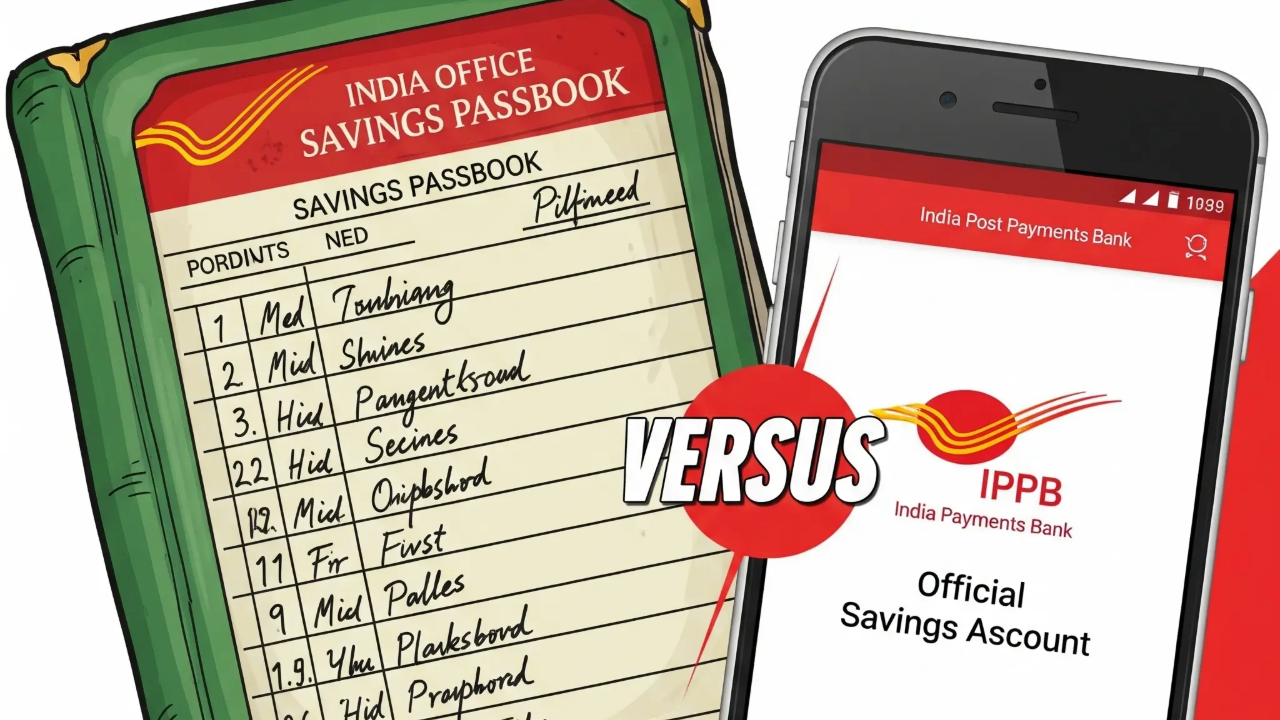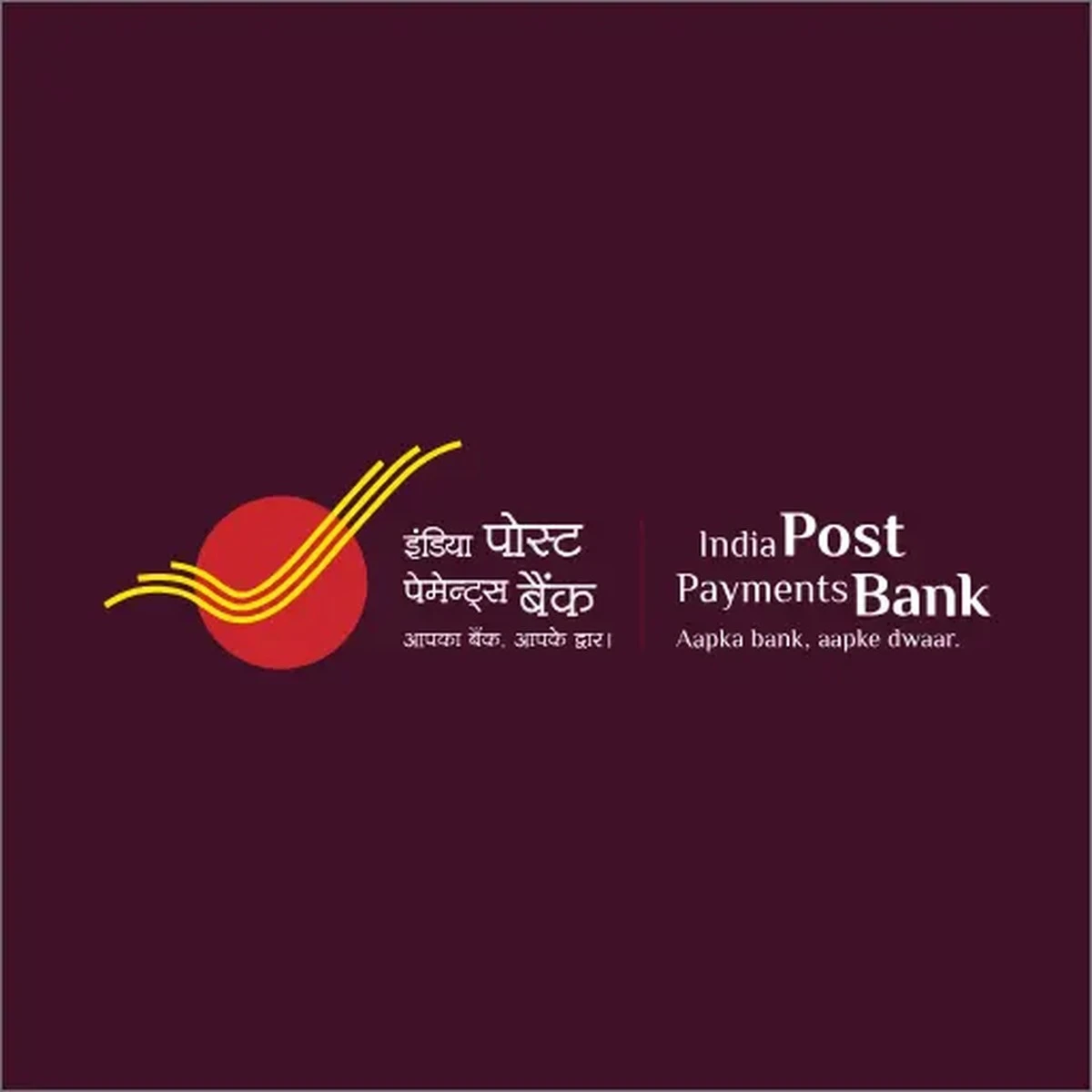Complete Investment Guide
Comprehensive analysis with actionable insights for smart investment decisions
Post Office Senior Citizen Savings Scheme (SCSS)
 The Post Office Senior Citizen Savings Scheme (SCSS) offers safe, high-interest earnings for senior citizens, providing financial security post-retirement with quarterly interest payouts and tax-saving benefits under Section 80C.
The Post Office Senior Citizen Savings Scheme (SCSS) offers safe, high-interest earnings for senior citizens, providing financial security post-retirement with quarterly interest payouts and tax-saving benefits under Section 80C.
Key Highlights
✅ 8.2% per annum interest, paid quarterly
✅ Investment in multiples of ₹1000 up to ₹30 lakh
✅ Safe, government-backed investment
✅ Tax benefits under Section 80C
✅ Ideal for retirees seeking stable income
Latest Interest Rate (From 01 Jan 2024)
- 8.2% per annum, payable quarterly.
Interest is payable from the date of deposit to the next quarter-end (31 March, 30 June, 30 September, 31 December) and on the first day of each subsequent quarter.
Salient Features
(a) Who Can Open:
- Individuals aged 60 years and above
- Retired Civilian Employees (55–60 years), within 1 month of receiving retirement benefits
- Retired Defense Employees (50–60 years), within 1 month of receiving retirement benefits
- Accounts can be opened individually or jointly with a spouse (full deposit attributed to the first holder)
(b) Deposit:
- Minimum: ₹1000; in multiples of ₹1000
- Maximum: ₹30 lakh in all SCSS accounts held by an individual
- Excess deposits will be refunded, and PO Savings Account interest will apply from the date of excess deposit to the date of refund
- Eligible for Section 80C tax benefits
(c) Interest:
- Payable quarterly: 1 April, 1 July, 1 October, 1 January
- Unclaimed interest does not earn additional interest
- Can be credited automatically to a Post Office Savings Account or via ECS
- Interest is taxable:
- TDS applies if total interest across SCSS accounts exceeds ₹50,000 in a financial year
- Submit Form 15G/15H to avoid TDS if within the limit
(d) Premature Closure:
- Allowed anytime after opening
- If closed before 1 year:
- No interest payable; paid interest recovered from principal
- If closed after 1 year but before 2 years:
- 1.5% of principal deducted
- If closed after 2 years but before 5 years:
- 1% of principal deducted
- Extended accounts can be closed after 1 year from extension without deductions
(e) Maturity and Closure:
- The account matures after 5 years from the date of opening
- On the depositor’s death:
- The account earns PO Savings Account interest from the date of death
- If the spouse is a joint holder/nominee and eligible, the account can continue until maturity without interruption
(f) Extension of Account:
- Extendable for 3 years after maturity
- Extension request to be submitted within 1 year from maturity
- Extended accounts earn interest at the rate applicable on the maturity date
Why Choose Post Office SCSS?
✅ Secure high-interest returns for retirees
✅ Quarterly payouts for regular income
✅ Capital safety with government backing
✅ Tax-saving benefits under Section 80C
✅ Simple management at your nearest Post Office
The Post Office Senior Citizen Savings Scheme is a reliable option for senior citizens and retirees to secure steady, high-interest income while preserving their capital safely. Start your investment in SCSS today to ensure a stress-free retirement with financial stability.
This guide provides comprehensive information for educational purposes. Always consult with financial advisors before making investment decisions.







